The use of the famous agile methodologies in the development of web pages is increasingly common among web agencies. It means an increase in the productivity of its workers and a final result of much higher quality. In addition, it means greater transparency between agency and client.
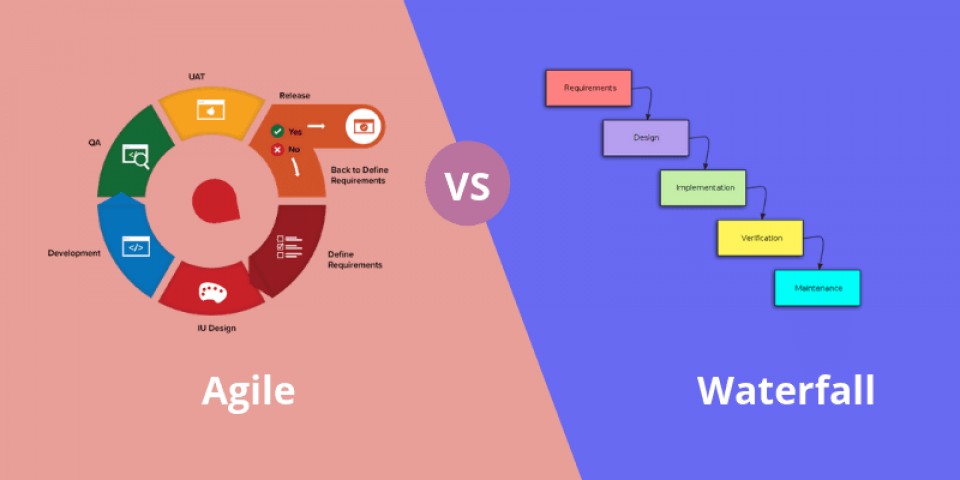
The work methodology we use in Kiwop is ‘Agile’. This methodology allows us to apply an optimal quality of service plan and allows us to guarantee its effective implementation and continuous improvement during the term of the contract. At the project level we will differentiate between the following stages:
The first phase of the project will be delivered, at most, in the time that has been agreed with the client. The project will be fully operational and launched at this time. After the delivery of the project, we will do maintenance and follow-up during the months remaining until the end of the contract. During this maintenance and monitoring we will analyze the behavior of the web and make monthly reports of web analytics. Both visitor behavior and web positioning.
We will also use a much more detailed internal schedule that will serve as a guide. We will always respect the times and durations to which we have committed.
Specifically, for web development projects, we use the Scrum methodology with sprints (or work cycles) of variable duration depending on the requirements of each moment. Normally the duration of these work cycles (sprints) is 2 weeks. In each work cycle there will be an increase in product that will add value to the final result.
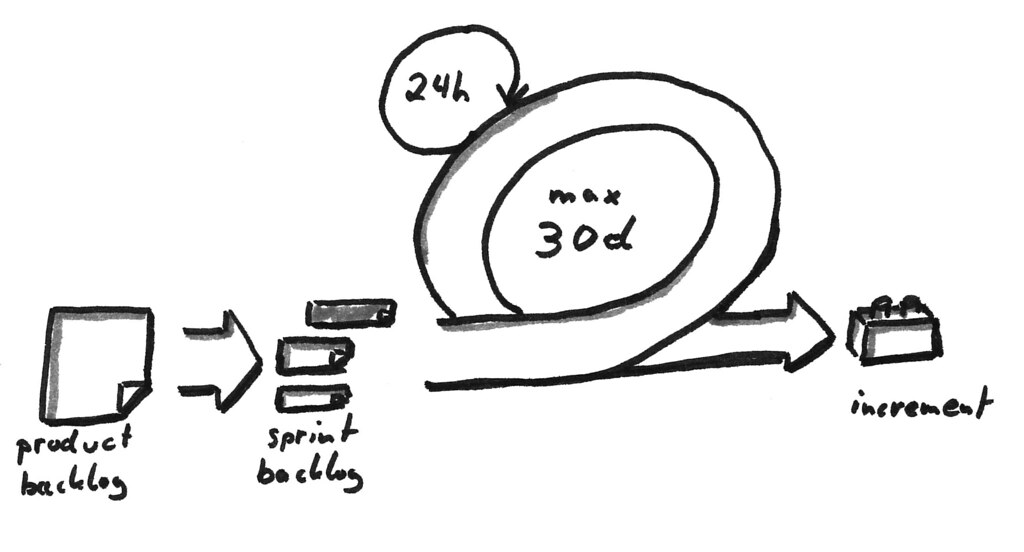
In order to work with efficiency and agility in Kiwop we use a series of tools and professional work methodologies focused on the demanding web development sector.
For the management of all these tasks we use the Atlassian package, which allows us to manage the full dedication of the tasks and their maintenance.
By adopting an agile mindset and providing enhanced engagement, collaboration, transparency and adaptability across Scrum values, roles, events and tools, the results were excellent.
Scott M. Graffius from the book “Agile Transformation”
Specifically we use:
The Jira Software package helps us with project management with Agile and Scrum methodology. It allows us to simplify tasks and make the project more efficient. Decreases the consumption of time for the management of resources. It helps to document the entire “life cycle” of the project, and helps to reduce the different associated risks. This tool will be the backbone of the entire project and is indispensable for its correct execution both in terms of quality and meeting the temporary objectives.
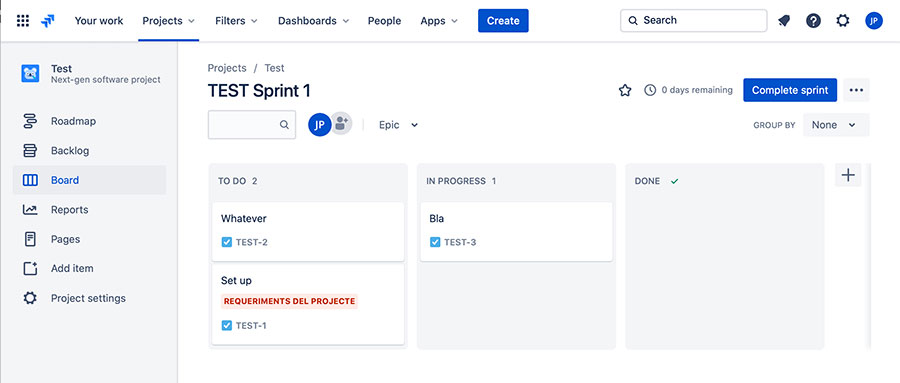

Confluence’s goal is for the entire team to work together transparently on the tasks assigned to them. Each team will contribute their ideas of organization, structure, design or development. The expert team of the Client may also participate in this process. This tool will allow us to create:
In short, centralize the content in one place so that it is much easier to consult and know where exactly in the project we are.
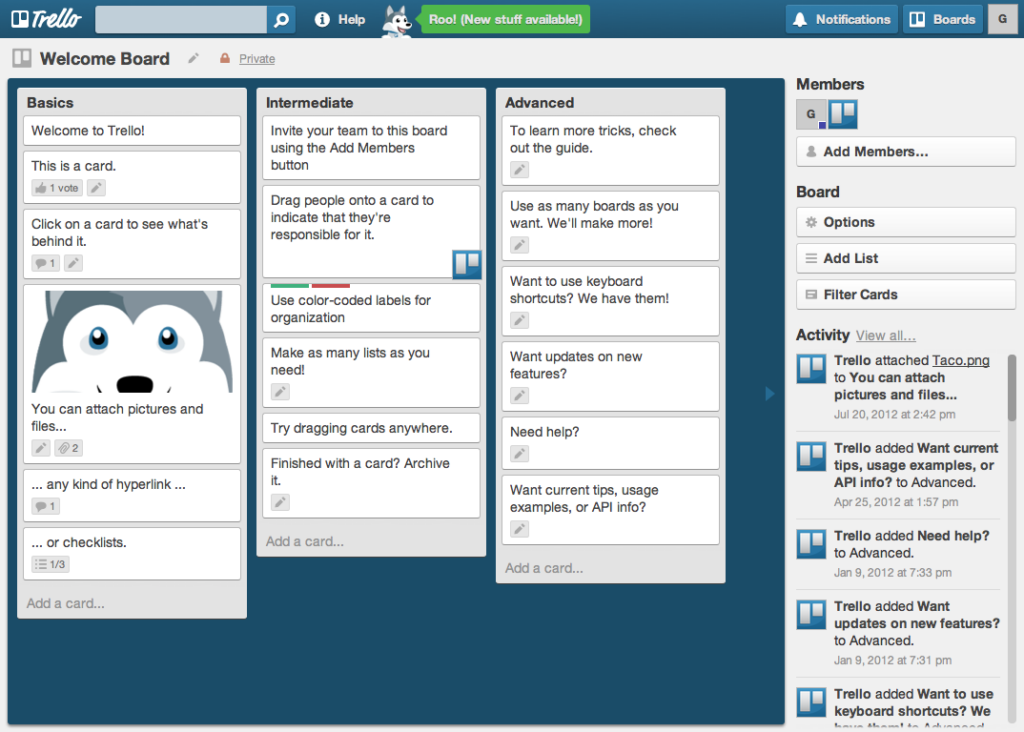
It serves as a simple and open exhibition at all times of the project for all the members involved, including the team designated by the Client. In a quick and intuitive way you will be able to see the completed tasks, which ones we are currently working on and which will be the next ones to be developed. This panel will be synchronized with Jira Software, to keep all the information updated.
It offers technological and ticket support for the project. With this tool we can receive, track, manage and resolve requests from the expert team easily. We will be able to organize and prioritize these requests in a single space and, in this way, be able to keep our work team in tune with the objectives or service level agreements established. The process will be as follows:
The expert team will be able to send your requests to our team through the previously configured portal or by email.
Our team will work on these ordered requests based on the priority of each request. Troubleshooting progress will be configured using a workflow that will include statuses such as “in process” or “needs approval.”
Each team will work on the resolution of incidents within its scope: development, design, digital marketing, conceptualization, etc.

The BitBucket platform is designed for programmers since it allows us to program together using repositories with Git technology. This will allow us to program new functionalities in a flexible and orderly way. We will use 3 environments: development, testing and production.
The objective of these methods is to increase productivity and be able to offer a final result of high quality and high added value.
During the process we will carry out periodic reviews using the aforementioned tools and others to ensure that we maintain high quality standards throughout the project. These revisions will be included in our internal schedule as development milestones.
We will do requirements testing, where from a list of expectations we will evaluate the design. Requirements testing is essential throughout the development process to ensure that the team meets all of its objectives.
In the design tests we will be based on the visual aspect of the web. We will continuously check if the appearance is in tune with the proposed design. It includes actions such as compatibility in all browsers and mobile testing.
In functionality tests we will evaluate both the interface and the usability. It will be a rigorous process that will ensure that every link, button, form, and all other elements work as they should.
As we have mentioned, we will organize everything in 3 different environments:

We will use proven tools to measure the quality and effectiveness of our work and the changes made such as:
To guarantee and verify our work, we always propose the realization of monthly reports. These reports will contain essential information for the correct development of the project and subsequent follow-up. They will be web analytics reports where we will see the evolution of visits over the weeks and if our actions have served for an increase in these (SEO). We will also evaluate the behavior of users: on which pages they spend the most time, on which page they leave the web, etc. …
We will always check the indexing status of the website at all times.
This methodology will allow us to detect any problems and obtain a clean, functional and accessible website. The use of these Quality Assurance methodologies will allow users to have a functional interface and a better user experience.
In addition, during the creation of the website, we propose meetings via Skype, Google Meet or face-to-face with the same periodicity as the development sprints, or whenever the project situation requires it.
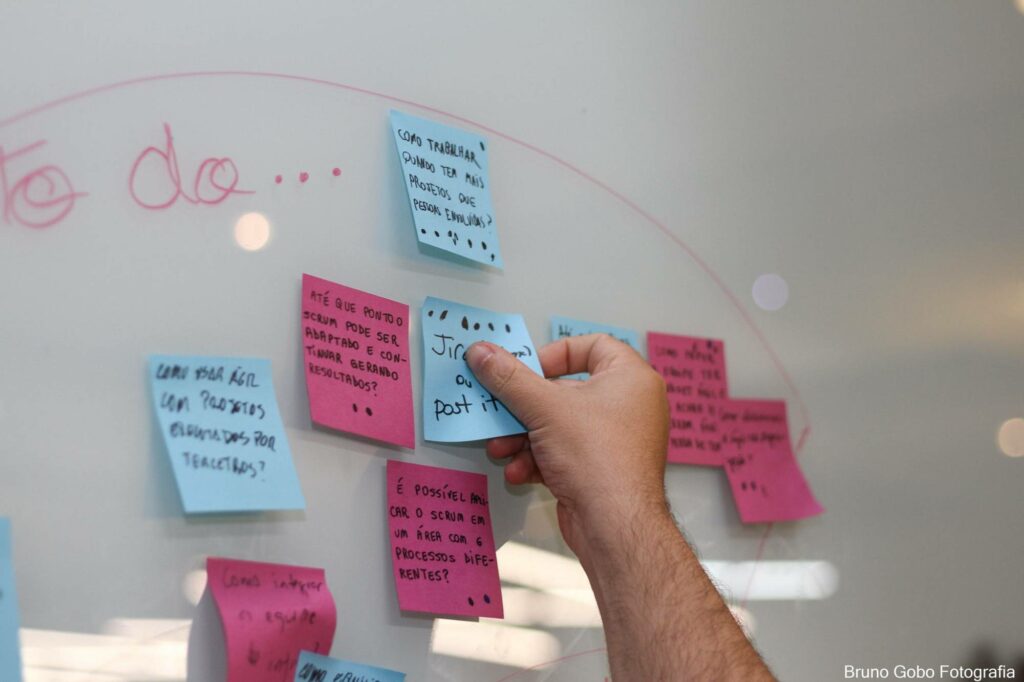
During the term of our contract, we will include an incident management system between the technical team in charge of updating the website by the client and us. In this way we can solve any problem or doubt that may appear in the technical team.
When choosing an incident management system we have several options. There are many types. An example could be Zendesk software, which is a support ticket system and customer service software. But it is a tool that, although it is very powerful and versatile, is external and involves greater resources and adds a complexity to the entire system. Therefore, we only use it in cases where it is strictly necessary.
Another option is to use the incident management system that we use the projects internally: Jira Service Desk. This service system is more thought out between the development company and project coordinator, and in a very specific and private way.
The process of creating and resolving incidents will be as follows:
The use of agile methodologies in the development of web pages is a methodology increasingly used among agencies. And it’s no wonder: it offers a considerable increase in productivity if done in the right and organized way.
For web development in particular, both Scrum and Kanban can be used. Both methods are very valid and bring great organizational benefits. The choice of one or the other will simply depend on the web development company.
If you want to have the website you want or increase the online visibility of your brand, we know how to do it.
Shall we start today?
Leave a Reply